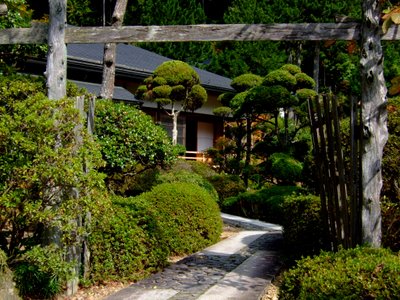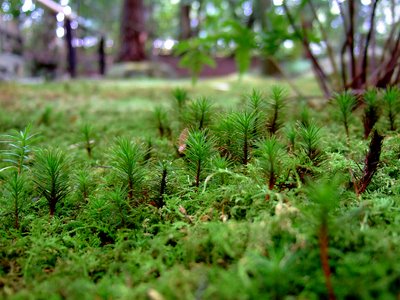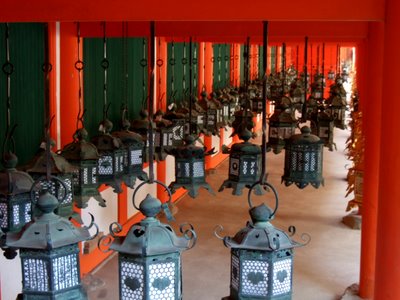day 47
temple walk

keep your eye open for this man.
this just looked so good - because what i really wanted first thing in the morning was a nice cup of tea and a thick slice of cheese melted between toast. well, ok, that's not ideal, but it's better than two slices of toast loaded with whipped butter and sugar, which is what i got. i believe this man is responsible for the atrocity. i can't tell if he's proud or smug.

flush with fat reserves, we headed for zen relief at ginkaku-ji (silver pavilion). it was originally a retirement home for the 8th ashikaga shogun, who started work on it in 1460. construction was halted for 10 years when he had to go off and fight some more in the onin wars, but he did eventually settle down and live on-site.

the sand garden is immense, and has to be reshaped daily. this sand tower is called a moon viewing platform, and it's either: mt fuji (of course), a cone to reflect divine light into the hearts of visitors, or a simple mound of sand to replenish walkways. you choose.
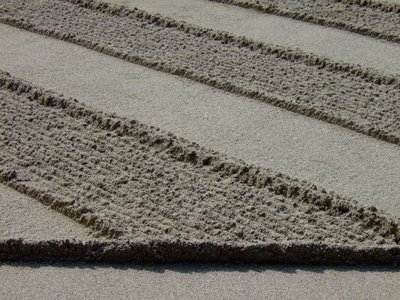
there's also a seascape - abstractly - you're looking at the waves.

even the forest is obsessively manicured, which makes walking through the woods all the more awesome.

the philosopher's walk is nearby, following a channel that passes for a creek, guarded by cats.


another temple, another garden. they're all beautiful, but after seeing so many in a day, some are more beautiful than others. note the slippers. you can't go anywhere without slippers in japan.

this is actually the least impressive part of sanjusangendo - but you can't take pictures inside the '33 bay hall' which holds 1001 statues of kannon-bosatsu that are all 5.5' tall and covered in gold leaf.
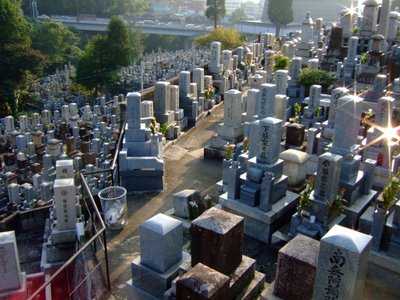


culture shock.

as mentioned previously, the restaurants in kyoto are very appealing.

